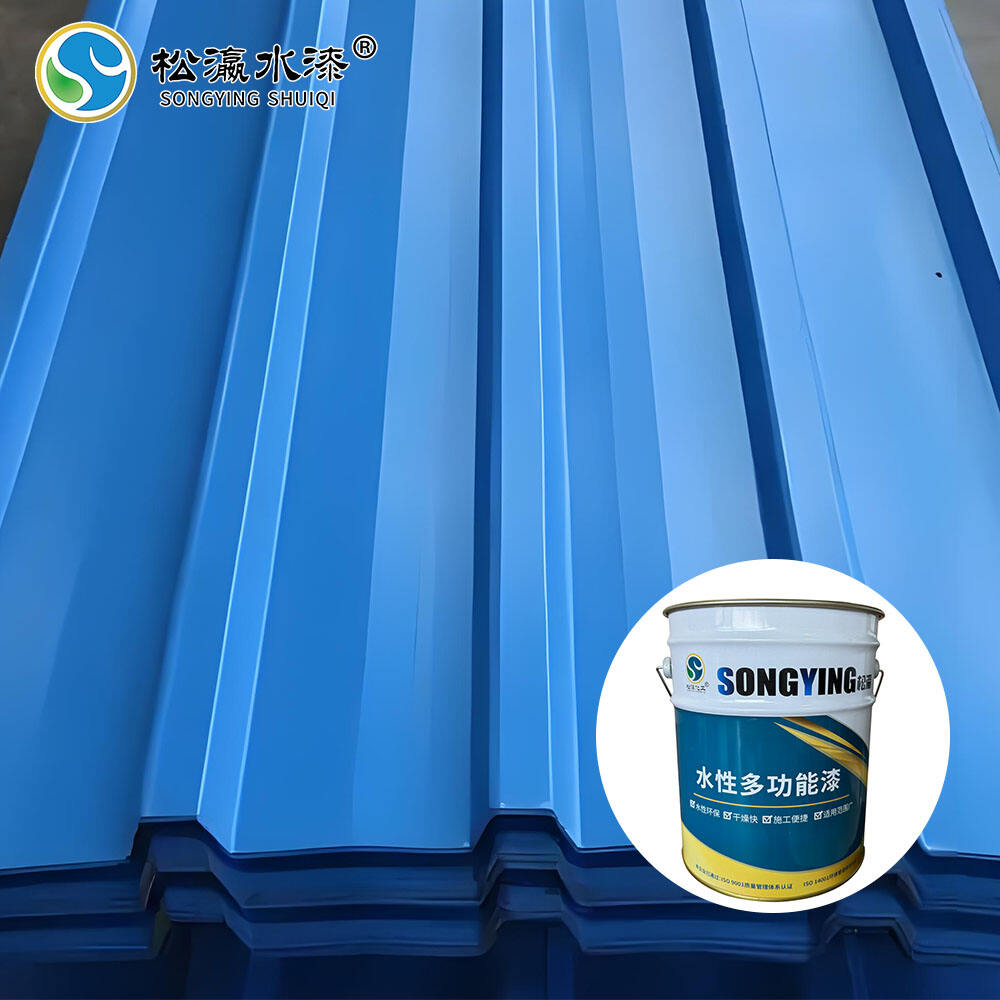Automotive paint: Why it's not just about looks but also about protecting your investment.
The Protective Power of Automotive Paint
Beyond Aesthetics: Shielding Against Environmental Damage
Automotive paint serves a critical role beyond aesthetic appeal, acting as a protective barrier against environmental damage. This paint primarily defends your vehicle against harmful UV rays, which can lead to oxidation and fading. According to studies, vehicles equipped with high UV protection paint can maintain their vibrant colors far longer than those with basic finishes. Additionally, automotive paint protects against other threats like dirt, grime, and chemical contaminants, which can cause surface degradation. An effective paint job integrates a robust clear coat that enhances these protective features, ensuring that vehicles not only look great but are also better shielded. Moreover, resin-based paints with specialized additives provide enhanced resistance against environmental pollutants, solidifying vehicle aesthetics while offering comprehensive protection.
Corrosion Resistance and Longevity Factors
Corrosion-resistant paints are specially formulated to combat rust, significantly prolonging the lifespan of a vehicle. Such protective coatings are particularly essential in coastal areas where vehicles are exposed to higher moisture levels and salt, both major contributors to corrosion. Reports indicate that cars treated with these specialized paints tend to have a longer service life. Furthermore, the thickness of the paint layer is a critical factor in determining its durability. A thicker coating not only provides better protection against scratches and chips but also enhances overall longevity. Proper curing and application techniques, often employed in professional garages, are also vital in optimizing the performance and longevity of automotive paints. By ensuring top-quality application, one can significantly improve a vehicle's resilience against various environmental and physical threats.
Types of Automotive Paints for Every Need
Water-Based Eco-Friendly Options
Water-based paints have gained significant attention for their eco-friendly attributes, primarily due to their low volatile organic compound (VOC) content. This makes them a safer option for both the environment and human health. The ease with which they can be applied and cleaned up only adds to their growing popularity among both professional and amateur car enthusiasts. Unlike traditional solvent-based paints, water-based options do not compromise on durability or aesthetic appeal. A report from the Environmental Protection Agency (EPA) highlights that shifting to these paints can significantly reduce air pollution while still delivering excellent performance, aligning perfectly with sustainable auto maintenance practices.
High-Performance Epoxy Formulas
Epoxy paints stand out for their exceptional durability and resilience, particularly in abrasive conditions. Their robust chemical resistance makes them ideal for a broad range of applications, from industrial settings to high-performance vehicles that demand superior adhesion and impact resistance. In fact, automotive studies suggest that epoxy paints can extend the life of protective finishes by threefold under severe environmental stresses. This reliability offers peace of mind for vehicle owners looking to ensure their cars can withstand extreme use without frequent repainting.
Multi-Functional Protective Solutions
Multi-functional automotive paints blend a variety of protective features to cater to diverse needs. They typically incorporate benefits such as anti-corrosion, high-gloss finishes, and UV resistance, providing comprehensive protection for vehicles. This versatility is appealing to both professional auto shops and DIY car enthusiasts, offering a singular solution for diverse protection and aesthetic needs. Furthermore, industry analysis points out that these multi-functional solutions can significantly lower maintenance costs since they require fewer applications for comprehensive vehicle safeguarding. This makes them an economical choice in the long run, benefiting both car owners and the environment.
Professional Application Best Practices
Surface Preparation Essentials
The foundation of any successful automotive paint application is meticulous surface preparation. This involves thorough cleaning and sanding to ensure the new paint adheres properly. It's crucial in professional settings to remove any existing coatings, rust, or contaminants that could compromise the paint job's longevity. Statistics highlight that up to 70% of automotive paint failures are due to inadequate surface preparation, emphasizing its significance. This substantial impact shows us that neglecting this essential step could lead to premature paint deterioration, costing time and resources in the long run.
Climate Considerations for Optimal Results
Achieving optimal results in automotive paint application requires consideration of climate conditions. Temperature and humidity play significant roles, with ideal conditions typically ranging from 65-85 degrees Fahrenheit and low humidity. Professionals often resort to climate-controlled environments to combat atmospheric impacts on paint adhesion and curing. Research underscores that applying paint outside these recommended conditions can result in improper curing, diminishing the paint job's effectiveness and appearance. Thus, understanding and managing climatic influences is vital for achieving a durable and aesthetically pleasing automotive finish.
Top Automotive Paint Solutions for Enhanced Durability
Boxcar Paint: Environmentally-Conscious Protection
Boxcar paints stand out due to their environmentally-friendly formulations, attracting consumers who prioritize eco-conscious choices. These paints, made with water-based special functional resins, exhibit excellent adhesion and durability, aligning with strict environmental standards. It's noteworthy that the shift towards eco-friendly products is a growing trend, with increasing annual sales reflecting consumer preference for solutions that minimize environmental impact.

Epoxy Zinc Rich Paint: Durable Metal Defense
Epoxy Zinc Rich Paints are formulated with zinc-rich components, providing exceptional corrosion resistance—ideal for metals exposed to harsh conditions. These paints create a galvanic layer, significantly prolonging the life of steel elements. Automotive industry studies consistently suggest that incorporating epoxy zinc-rich coatings can extend maintenance intervals and enhance vehicle lifespan, making it a smart choice for durable protection.

Multi functional paint: Versatile Anti-Corrosion
Multi-functional paints provide a holistic approach to defending vehicles against multiple threats such as salt, chemicals, and other corrosive agents. This versatility extends to various automobile components, offering cohesive and robust protection. Industry trends indicate a shift towards these multifaceted solutions as manufacturers aim for products that ensure vehicle longevity, reinforcing paint's protective roles across diverse vehicular parts.

Maintaining Your Vehicle's Factory Finish
Regular Cleaning Techniques
Routine cleaning is critical for maintaining the integrity of automotive paint. By using pH-balanced car washes, one can prevent the damaging effects that arise from using acidic products on the car's surface. Experts recommend washing vehicles every two weeks, which not only removes dirt and debris but also keeps the paint vibrant. Adding a wax or sealant after washing adds a protective layer against environmental pollutants like acid rain and UV rays. According to automotive care studies, such regular maintenance can extend the paint's lifespan by up to 25%. This proactive care not only preserves the vehicle's factory finish but also helps maintain its resale value over time.
Addressing Minor Damage Promptly
Addressing minor damage such as scratches or chips promptly is crucial to prevent further deterioration and corrosion. This can be achieved by using touch-up paint, which significantly reduces both repair costs and the amount of time needed to maintain the vehicle's appearance. Professional insights emphasize that leaving minor damages unattended can lead to more significant and expensive problems later on. Evidence supports that proactive maintenance, including addressing minor wear and tear, can extend the life of the vehicle's finish by several years. Such timely interventions help maintain the overall aesthetic appeal and structural integrity of your vehicle, ensuring it remains in top condition for longer.

 EN
EN






































